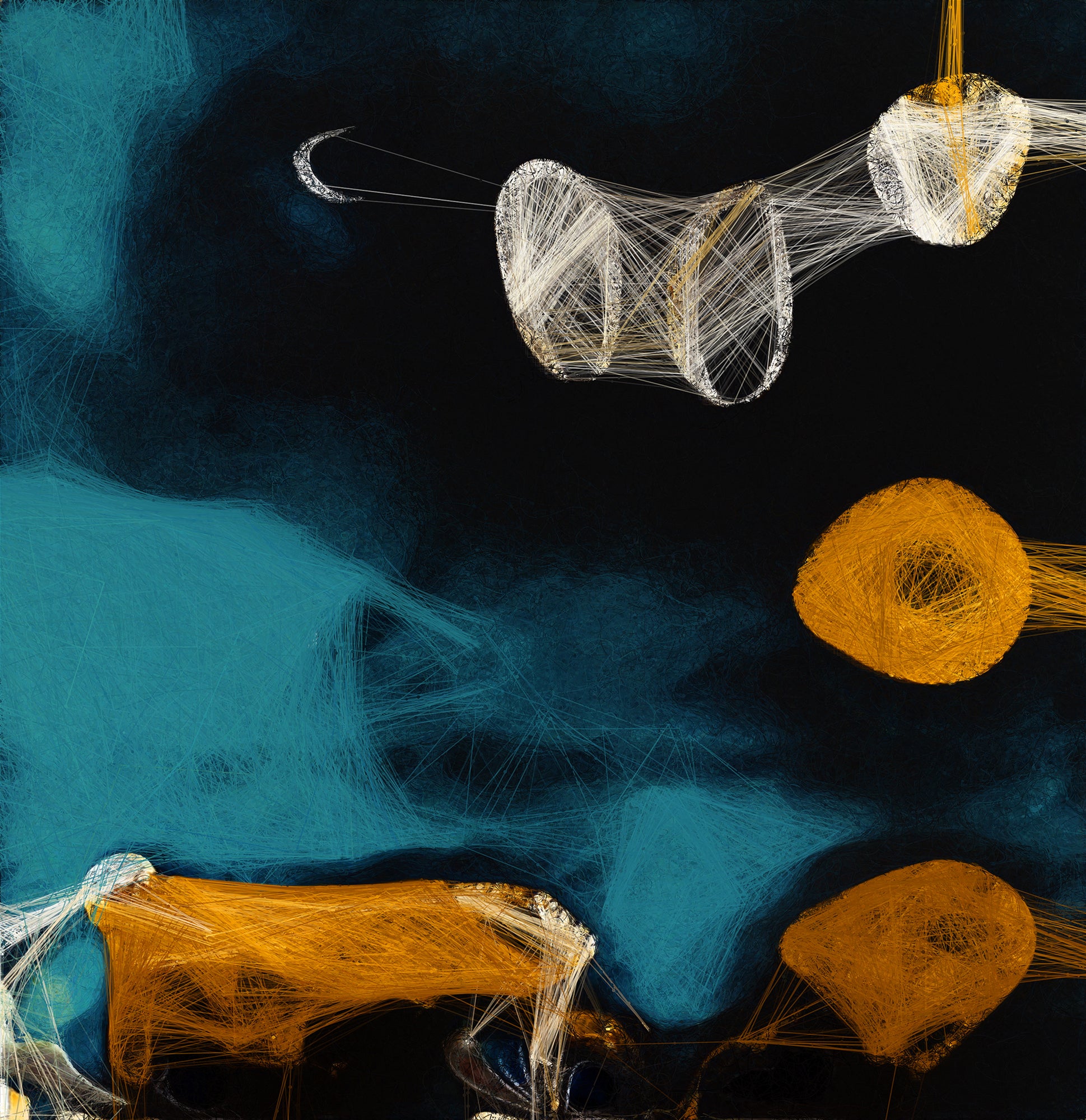As it often happens with AI-generated art, there’s confusion surrounding whether attribution should be handed to the person who generated the AI’s prompt, the AI itself, the AI’s creators, or the artwork the machine learning model “borrowed” from. In the case of the Museum of Modern Art’s latest exhibition on display this Saturday, you could give it to the first three. The last part is a little murky.
MoMA is set to unveil the colossal 24 by 7.32 m project called Refik Anadol: Unsupervised this weekend, with the exhibit to run through March 5, 2023. The artwork uses an artificial intelligence model designed by Anadol himself and uses 380,000 images of 180,000 art pieces from MoMA’s collection to create a bumbling and roiling stream of moving images. According to a museum release, the new work on display is “a singular and unprecedented meditation on technology, creativity, and modern art” which is focused on “reimagining the trajectory of modern art, paying homage to its history, and dreaming about its future.”

Anadol originally digitally published Unsupervised back in 2021 on the platform Feral File, as part of his Machine Hallucinations series that he started in 2016. According to the project description on Feral File, Anadol has used several different kinds of generative adversarial network (GAN) algorithms to create the generative artwork from “publicly available resources.” Those images were then sold as (sigh) NFTs (which is also something MoMA has been investigating recently). According to Fast Company, who spoke to Anadol, the team that worked on the AI that powers Machine Hallucination also trained using an Nvidia DGX Station A100, a desktop-sized box used for “AI Supercomputing.”
Different from the art’s first display online, MoMA said the in-person exhibit also monitors changes in light, movement, volume of the surroundings, and even the weather which has an impact on the moving image.
In an email with Gizmodo, a MoMA spokesperson confirmed that the artist had been working with MoMA since early 2021, before the original Unsupervised art went up online. The work draws directly from MoMA’s publicly available GitHub metadata.
This kind of GAN image generation is different from diffusion models used to power the most modern AI art generators, including Stable Diffusion and OpenAI’s DALL-E 2. While both use a kind of gaussian blur to distort and then reconstruct images, Diffusion is an iterative process that works by using machine learning systems to attempt to generate “realistic” visual images. GANs, on the other hand, are more based on an “adversarial” system that creates “plausible data” then uses a “discriminator” to decide whether that part of the image belongs. Whereas Diffusion models often cluster images based on similar tags, Anadol’s GAN model let the AI generate its own images “unsupervised.”
Michelle Kuo, a curator at MoMA who was a leader in organising the exhibit, said in the release that “Often, AI is used to classify, process, and generate realistic representations of the world. Anadol’s work, by contrast, is visionary. It explores dreams, hallucination, and irrationality, posing an alternate understanding of modern art — and of artmaking itself.”
In an interview with Fast Company, Anadol said that, in essence, this kind of AI image generator was becoming “its own entity,” adding, “we don’t know what kind of forms it can create.
The fact that it’s not using the most high-profile kind of image generation may be to this new AI art installation’s benefit. While there were far fewer people aware of AI art in 2021, in 2022 the biggest names in AI art generators have been swarmed with controversy, with much of the blowback coming from traditional artists. These systems have scraped up millions upon millions of images from the internet without permission, which are used to train the AI models. Artists often find their art styles have been coopted by AI image generators, leading to fears their body of work could become indistinguishable from folks who simply type prompts such as: “art in the style of Pablo Picasso.”
There’s also the sticky question of copyright, and whether an individual could ever claim to own art that was created using an AI system that itself had generated images from other copyrighted work.
MoMA’s senior curator Paola Antonelli said the new exhibit “underscores its support of artists experimenting with new technologies as tools to expand their vocabulary, their impact, and their ability to help society understand and manage change.”
